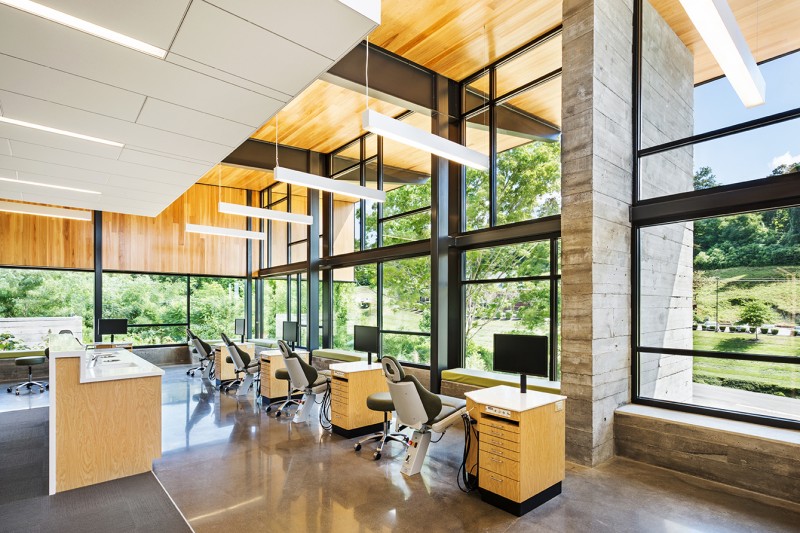Merry Christmas from BarberMcMurry!



BarberMcMurry Architects’ design of Hicks Orthodontics was featured in Orthodontics Products magazine’s November 2018 issue (pp. 18-21). The article, “Designing the Future,” outlined many of the strategies BMA’s designers use to ensure our healthcare spaces are intuitive and beautiful, encouraging the whole health of the patient.
“One of the biggest trends we’re seeing is designing spaces that connect with nature, that emphasize natural daylight and whole-patient wellness,” BMA vice president Ryan Dobbs says in the article. “We’re finding our clients and their patients are most satisfied when we [design] offices that connect to nature and feel warm, welcoming and open.
Orthodontics Products November 2018 (PDF)
Page 32 of 54 (107 total entries)
© 2026 BarberMcMurry Architects